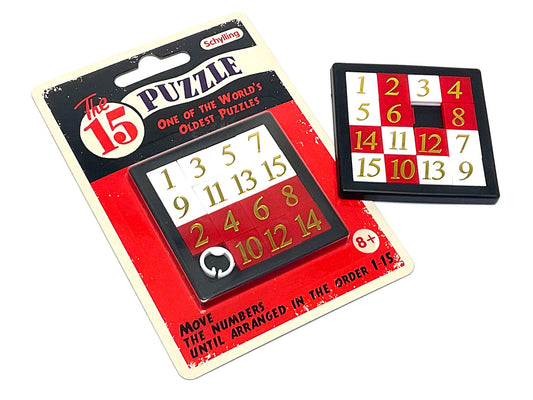Marzipan Candy
Marzipan Candy History
The history of marzipan candy can be traced back many centuries, and its origins can be found in the Middle East and Mediterranean regions. Marzipan is a confection made primarily from ground almonds and sugar, resulting in a sweet and pliable paste that can be molded into various shapes and decorated.
The exact origins of marzipan are uncertain, but it is believed to have originated in the Middle East, specifically in Persia (modern-day Iran) during the 9th century. From there, it spread across the Mediterranean region through trade routes and cultural exchanges.
Marzipan gained popularity in Europe during the Middle Ages, particularly in Spain and Italy. It was favored by royalty and the aristocracy and became a delicacy served at banquets and special occasions. The Spanish city of Toledo, in particular, became renowned for its marzipan production and craftsmanship.
In the 15th century, marzipan began to be used as a decorative element for elaborate cakes and pastries. Skilled confectioners crafted marzipan into intricate shapes, such as fruits, animals, and flowers, using molds and hand shaping techniques. Marzipan became synonymous with intricate and artistic confectionery creations.
During the Renaissance period, marzipan became more widely available, and its popularity spread throughout Europe. It was used in festive celebrations, weddings, and religious holidays. The confectionery treat became associated with wealth, luxury, and celebration.
Over time, marzipan recipes evolved to incorporate additional ingredients such as rosewater, orange blossom water, or almond extract to enhance the flavor. Variations of marzipan also included the addition of spices, chocolate coatings, or the use of different types of nuts.
Today, marzipan continues to be enjoyed worldwide, both as a standalone treat and as an ingredient in various desserts and confectioneries. It is commonly used in cake decorating, as a filling in chocolates, and as a decorative element on holiday cakes and pastries.
Marzipan has maintained its reputation as a delicacy and is often associated with festive occasions and special celebrations. Its smooth texture, delicate almond flavor, and versatility make it a beloved treat for those with a sweet tooth.
Whether shaped into whimsical figures or enjoyed in its simple, smooth form, marzipan candy represents a long-standing tradition of craftsmanship and indulgence. Its rich history and timeless appeal have solidified its place as a cherished confectionery treat enjoyed by generations.





